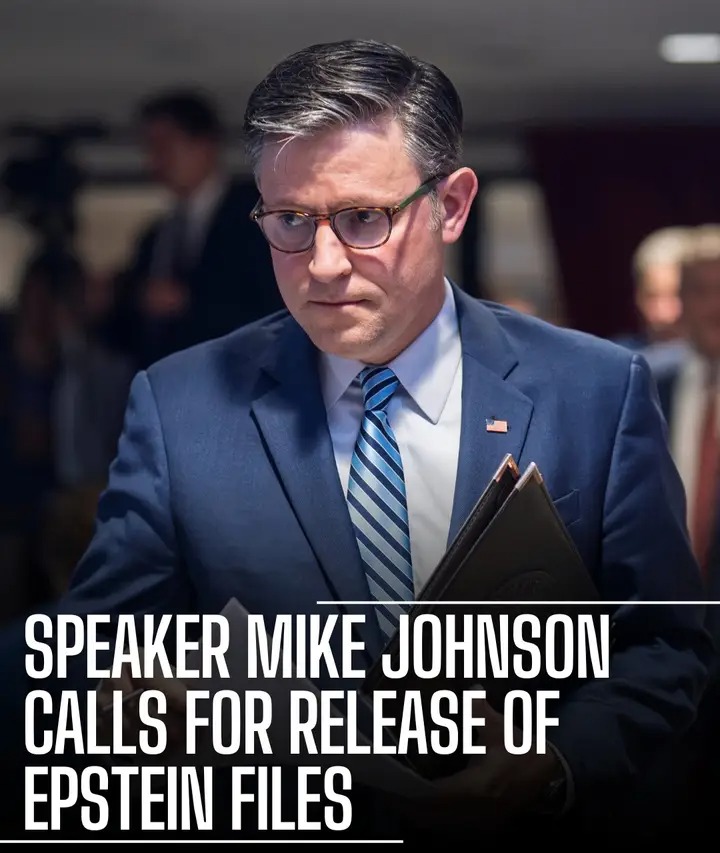Supreme Court Decision Weakens EPA’s Power to Control Water Pollution
In a significant legal shift, the U.S. Supreme Court ruled in a 5-4 decision to limit the Environmental Protection Agency’s (EPA) authority to regulate the discharge of raw sewage into American waterways. The ruling specifically sided with San Francisco, which had challenged the EPA’s enforcement of pollution limits under the Clean Water Act (CWA). This 1972 legislation has played a vital role in curbing severe water pollution across the country, but the Court’s decision raises concerns about the future of water safety and environmental protections.
San Francisco argued that the EPA’s guidelines were too ambiguous, making it difficult for local officials to determine when pollution limits had been breached. On the other hand, the Biden administration defended these general standards, asserting that they laid the groundwork for more precise regulations and that officials had already been given sufficient clarity on the rules. Despite this, the Supreme Court’s conservative majority ruled that the EPA had overstepped its bounds by requiring cities to adhere to pollution discharge limits without clearer benchmarks.
Justice Samuel Alito, writing for the majority, argued that the EPA should not enforce what he described as “end result” permits—documents that allow certain pollution levels within set limits—without taking on more direct responsibility for maintaining standards. This decision comes amid broader efforts to curtail the EPA’s influence, especially following policy rollbacks from former President Donald Trump, who significantly weakened environmental regulations during his tenure. Alito claimed the EPA had sufficient tools to enforce pollution laws without overreaching its authority, even as ongoing budget and operational cuts hamper the agency’s effectiveness.
The ruling drew widespread criticism from environmental groups and some lawmakers, who warned of its potential to undermine the nation’s water quality protections. Justice Amy Coney Barrett, in her dissenting opinion joined by the Court’s three liberal justices, called the majority’s conclusions “puzzling” and argued that stripping the EPA of this regulatory tool would hinder its ability to enforce pollution standards effectively. Barrett stressed that the decision misinterpreted the language of the Clean Water Act and removed vital safeguards designed to prevent environmental degradation.
This case has far-reaching implications, not only for San Francisco but for environmental oversight nationwide. By weakening the EPA’s ability to set and enforce pollution limits, the Supreme Court’s decision opens the door for increased industrial and municipal pollution in waterways that millions of Americans rely on. As environmental advocates sound the alarm, the balance between regulatory oversight and local governance faces new uncertainty, with the health of the nation’s water systems hanging in the balance.



